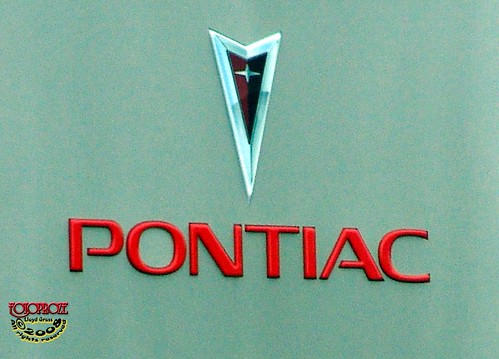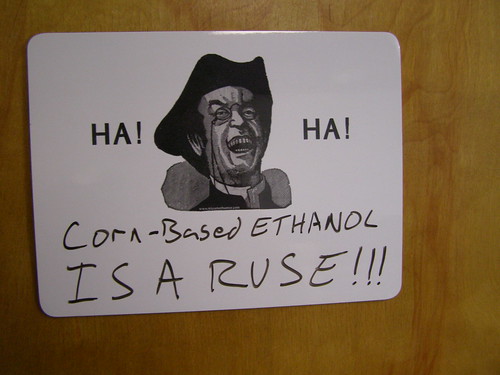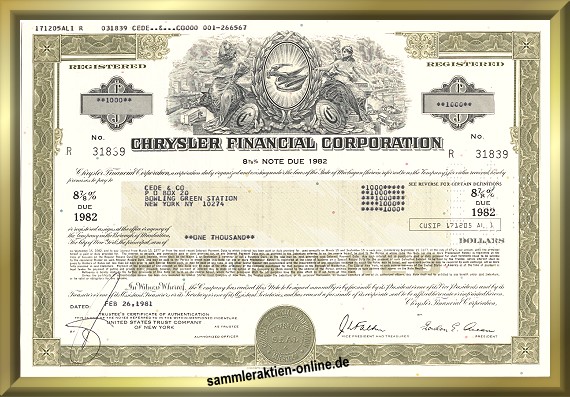NYC financial workers see low-flying planes, panic

In this image taken with a cell phone by Jason McLane, the primary presidential aircraft, a Boeing 747 known as Air Force One when the president is aboard, flies low over New York Harbor, followed by an F-16 chase plane during a federal government photo op Monday, April 27, 2009. A low-flying Boeing 747 escorted by two fighter jets as part of a federal government photo opportunity over lower Manhattan caused a brief panic among workers near ground zero on Monday. (AP Photo/Jason McLane) (Jason Mclane - AP)
(Source: Washington Post)
NEW YORK — A Boeing 747 used by the president was escorted over lower Manhattan by two Air Force fighter jets Monday as part of a government photo opportunity, causing a brief panic among office workers near ground zero.
Workers from several office buildings poured out onto the streets before they learned that the flights were innocuous.
John Leitner, a floor trader at the New York Mercantile Exchange Building, said about 1,000 people “went into a total panic” and ran out of the building around 10 a.m. after seeing the planes whiz by their building, near the World Trade Center site.
“Apparently, nobody in the building was informed that this was going to happen,” he said. “Everyone panicked, as you can certainly understand.”
He said the workers gathered along the Hudson River esplanade until a security officer with a bullhorn told them it was a planned exercise.
The Federal Aviation Administration said the government was conducting a photo op involving two Air Force F-16 jets and the larger airplane, a Defense Department version of the 747 that is called Air Force One when the president is aboard. It said it notified city law enforcement about the mission.
The NYPD said the flight “was authorized by the FAA for the vicinity of the Statue of Liberty, with directives to local authorities not to disclose information about it, but to direct all inquiries to the FAA.”








 In forgoing the loan, Chrysler Financial opted to use more expensive financing from private banks, adding to the burdens of the already fragile automaker and its financing company.
In forgoing the loan, Chrysler Financial opted to use more expensive financing from private banks, adding to the burdens of the already fragile automaker and its financing company.